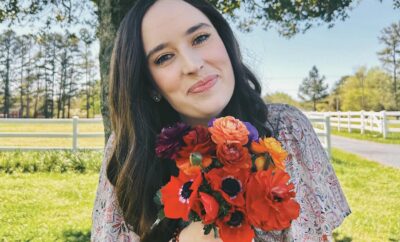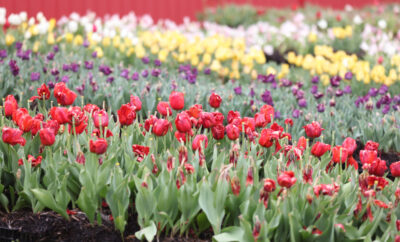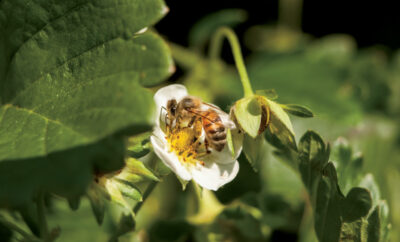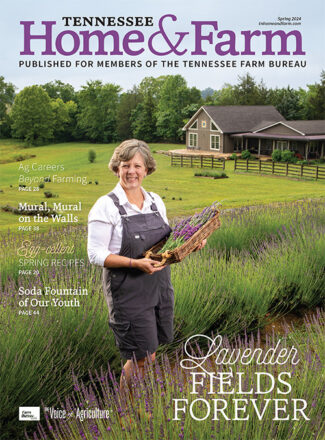5 Plants That Will Attract Pollinators to Your Yard
To reap the benefits, you need to devote 5 to 10% of your overall landscape to attracting the insects and birds you want to frequent your yard. This is more than enough to help protect and replenish a garden. Here are just a few easy-to-grow favorites to start attracting pollinators to your yard. Of course, this is just a sampling. Do your research to find out what will grow well in your area of the state and what will look best in your garden.

Photo credit: iStock/Willowpix
1. Agastache/Hyssop
Also known as “hummingbird mint,” this member of the mint family is native to North America and is a great way to attract pollinators like hummingbirds, butterflies and bees. Unlike culinary mint, this fragrant variety does not spread aggressively and will continue to provide nectar in the late summer and early fall when other perennials have started slowing down.
See more: Five Facts About Pollinators

Photo credit: iStock/Mangkelin
2. Eupatorium/Boneset
The small, white, nectar- and pollen-rich florets of bonesets are very attractive to a variety of pollinators, including bees, butterflies and moths. The perennial wildflower is native to the eastern United States and Canada and provides blooms in late summer and early fall.

Photo credit: iStock/Jill_InspiredByDesign
3. Milkweed
Milkweed is very important for monarch butterflies as these plants are the only source of food and host for eggs for monarch caterpillars. The TDOT Pollinator Habitat Program provides free milkweed seeds to anyone in Tennessee who wants to help support monarch butterfly populations in their own backyard.
See more: TDOT’s Polli the Bee Teaches Students About the Importance of Pollinators

Photo credit: Jeff Adkins
4. Zinnias
Easy-to-grow zinnias are great for attracting honeybees. The variety of colors found in these summer bloomers is also popular with butterflies.

Photo credit: iStock/patty_c
5. Rudbeckia Species, Echinacea & Asters
These are excellent choices to plant when trying to attract honeybees and hummingbirds. The flat disk or center is ideal for their feeding.
See more: Honeybees Provide Pollinator Power















Where can one buy Queen Ann’s Lace? I have never seen them sold anywhere.
it’s a weed. Drive any country road right now and it’s blooming
Thanks for the great information
I have observed one little honey bee in my garden. I have tomatoes that are not producing because there are no pollinators coming to the flowers. Is this happening in other parts of East TN. I’m in the Knoxville area.
Wow, this is terrible information! I’m quite disappointed with TN Home and Farm! Queen Anne’s Lace is invasive and keeps native plants from gaining a foothold. Butterfly bush is like crack for butterflies and does not have the nutrition necessary for them to live healthy lives. Eupatorium is a much better choice. So is agastache and hyssop. Lemon balm is also horribly invasive. It blooms for such a short period of time, I’m not sure why it should be included in a pollinator garden. And daisies? Really? You show a photo of Echinacea/Cone Flower and just call them “daisies”? How about saying something like Rudbeckia species, Echinacea, and Asters?
Hi Laura, thank you for bringing this to our attention! This story was originally written by our former gardening columnist, but you had such good points that some of those recommendations were invasive, so we have updated the story with your suggestions and some others. Thanks again for letting us know!
Best,
Jessy Yancey
managing editor
Oh my! I remember you Jessy! Thank you so much for correcting this! I’ve moved on to native plants and this is a real passion of mine. We CAN save the environment, one flower at a time!